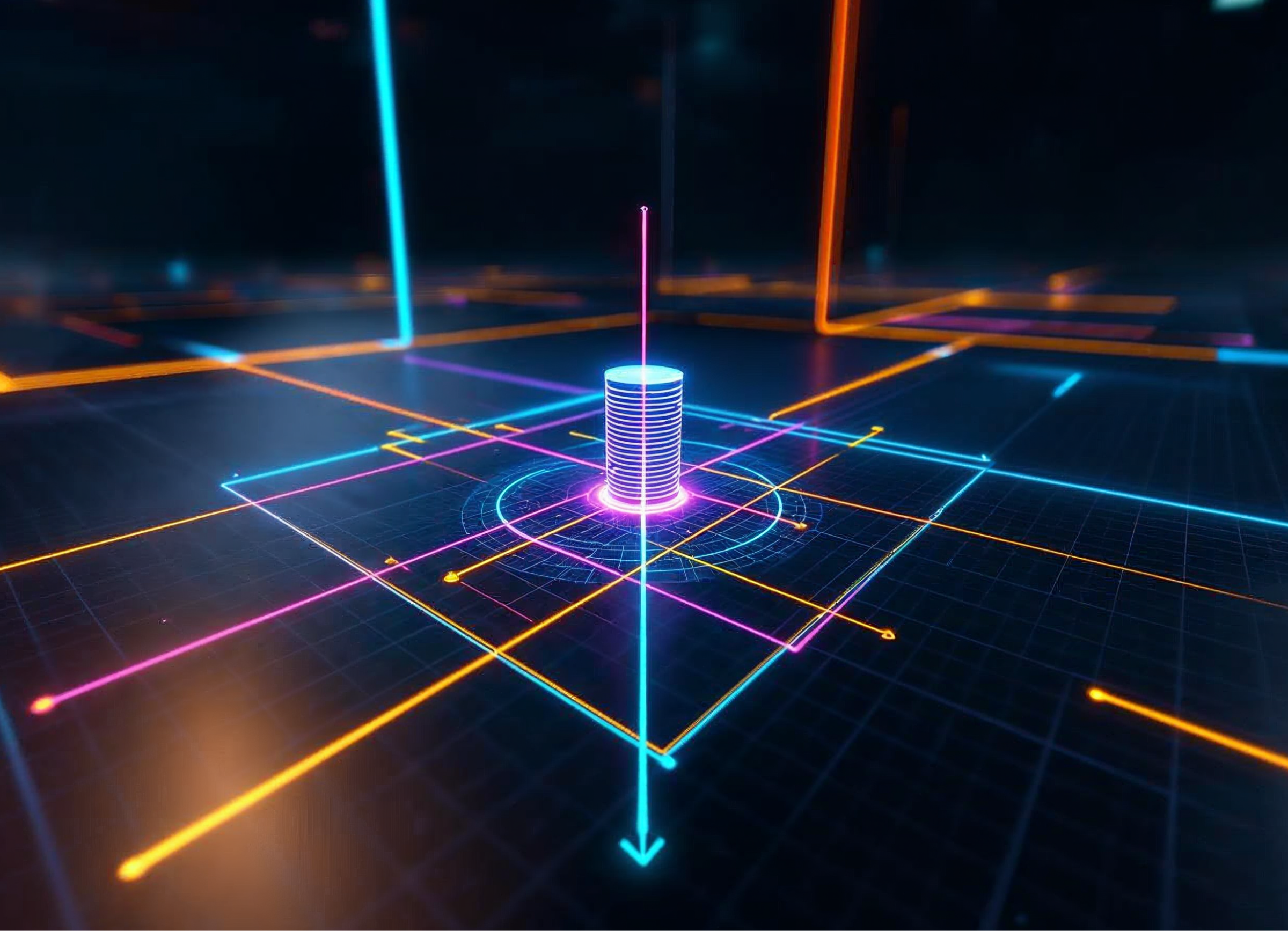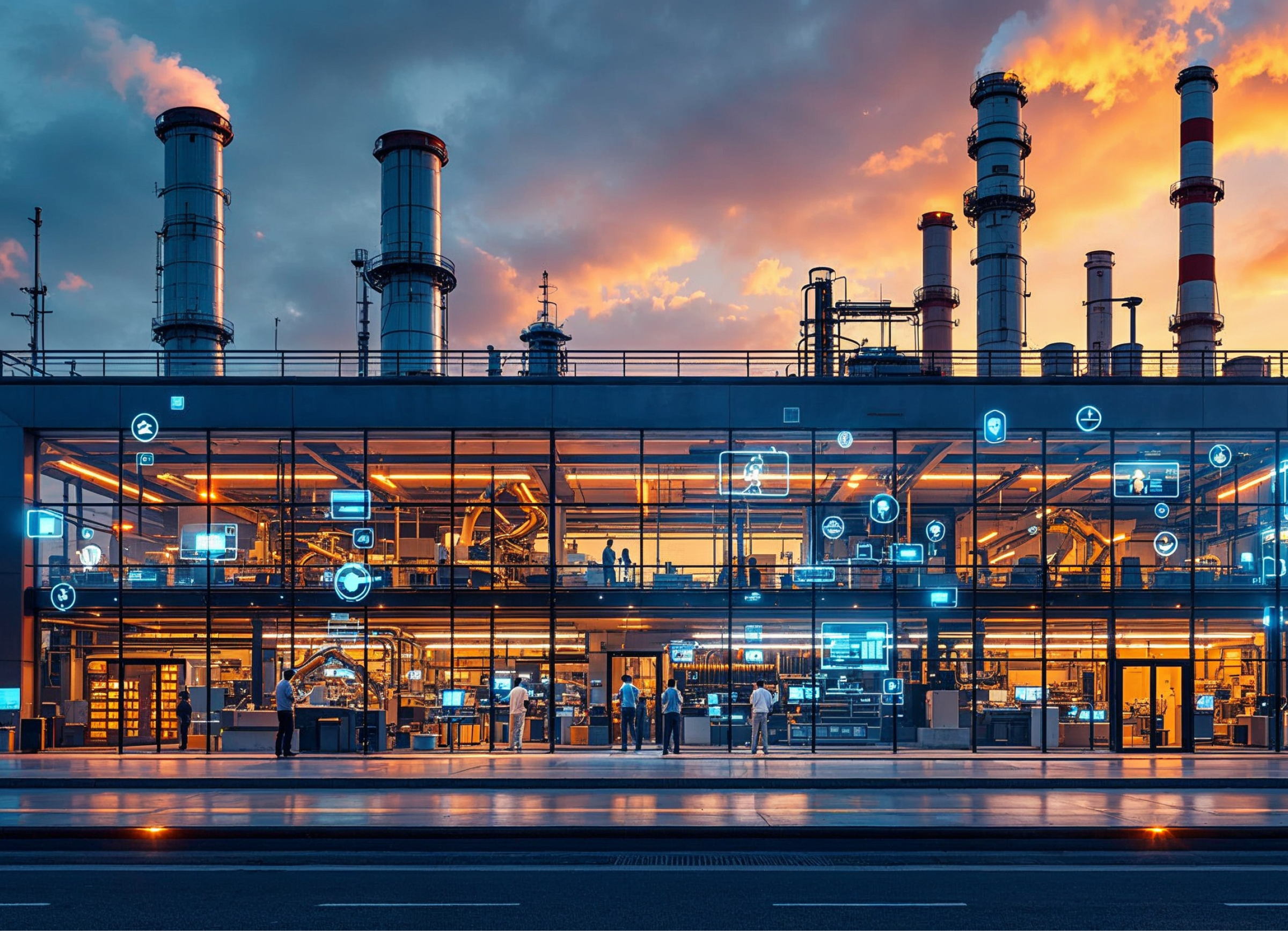
This article was written by our CEO Olga Kryvchenko and originally published on Linkedin. To get more biweekly updates about extended reality, subscribe to Olga’s XR Frontiers LinkedIn newsletter.
As the world continues to shift towards a more digital landscape, it’s becoming increasingly important for businesses to embrace new technologies in order to reach their audiences. One such technology is WebXR, which can be a powerful tool for marketing campaigns. In this article, we’ll explore why WebXR is good for marketing campaigns, as well as some of the limitations and potential issues that businesses should be aware of when implementing this technology.
First, it’s important to understand what WebXR is. WebXR is an open standard for creating immersive experiences on the web, using technologies such as virtual reality (VR) and augmented reality (AR). This means that users can access these experiences using just a web browser, without the need for additional software or hardware.
So why is WebXR good for marketing campaigns? There are a few reasons:
- Engaging experiences: WebXR can create immersive experiences that are more engaging than traditional marketing methods. By allowing users to interact with a brand in a more tactile way, businesses can create more meaningful connections with their audience.
- Reach: Because WebXR experiences can be accessed through a web browser, they have the potential to reach a wide audience. This is particularly important in today’s global market, where businesses need to be able to reach customers around the world.
- Novelty: WebXR is still a relatively new technology, which means that it has a novelty factor that can make marketing campaigns stand out. By using WebXR, businesses can create unique experiences that capture the attention of their target audience.
However, there are also some limitations and potential issues that businesses should be aware of when implementing WebXR into their marketing campaigns. Here are some key considerations:
- Performance: WebXR experiences can require a lot of processing power and memory, which can lead to performance issues on some devices. Businesses need to ensure that their experiences are optimized for performance and can be accessed on a range of devices.
- User Experience: As with any new technology, WebXR experiences can be difficult for some users to understand or navigate. This means that businesses need to carefully design their experiences with user experience in mind, and provide clear instructions or guidance where necessary.
- Accessibility: While WebXR experiences can be accessed on a range of devices, they may not be accessible to users with certain disabilities. Businesses need to ensure that their experiences are designed with accessibility in mind, and provide alternative options where necessary.
- Security: WebXR experiences are accessed through a web browser, which can pose potential security risks if not properly secured. Businesses need to ensure that their experiences are designed with security in mind, and use secure protocols to protect user data.
- Compatibility: WebXR is still a relatively new technology, which means that it may not be compatible with all browsers or devices. Businesses need to ensure that their experiences are compatible with a range of devices and browsers, or risk limiting their reach.
- Cost: Creating high-quality WebXR experiences can be expensive, and may require specialized skills or software. Businesses need to carefully consider the costs associated with creating WebXR experiences, and whether the benefits justify the investment.
These are just a few examples of successful WebXR apps. As the technology continues to evolve, we can expect to see more innovative and engaging experiences that drive engagement and business success.
“Sneaker Try-On” by Shopify: This WebXR experience allows customers to virtually try on sneakers in augmented reality. By using their smartphone’s camera, customers can see how the sneakers would look on their feet before making a purchase. The app has been successful in driving engagement and sales for Shopify’s clients.
“The Wild Immersion” by The Wild Immersion: This WebXR experience is an immersive wildlife documentary that transports users to different habitats around the world. The experience has been successful in raising awareness about conservation efforts and promoting eco-tourism.
“Lens Studio” by Snap Inc.: This WebXR experience allows users to create their own augmented reality filters for Snapchat. The app has been successful in driving engagement and user-generated content on the Snapchat platform.
“Glasses Fitting App” by Qualium Systems: This WebXR experience allows users to try on virtual glasses in augmented reality. By using their smartphone’s camera, users can see how the glasses would look on their face before making a purchase. The app has been successful in improving the user experience for customers and driving sales for glasses retailers.
In conclusion, WebXR can be a powerful tool for businesses looking to create engaging and immersive experiences for their customers. However, it’s important to carefully consider the limitations and potential issues of WebXR, including performance, user experience, accessibility, security, compatibility, and cost. By designing experiences with these considerations in mind, businesses can create effective and successful WebXR campaigns that reach their target audience and drive business growth.
Image: Freepik



